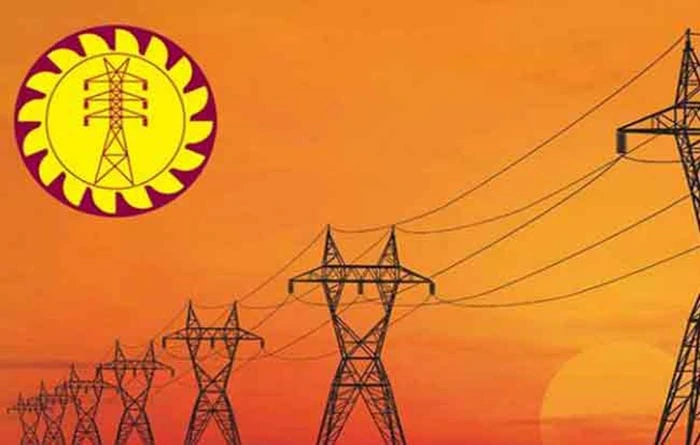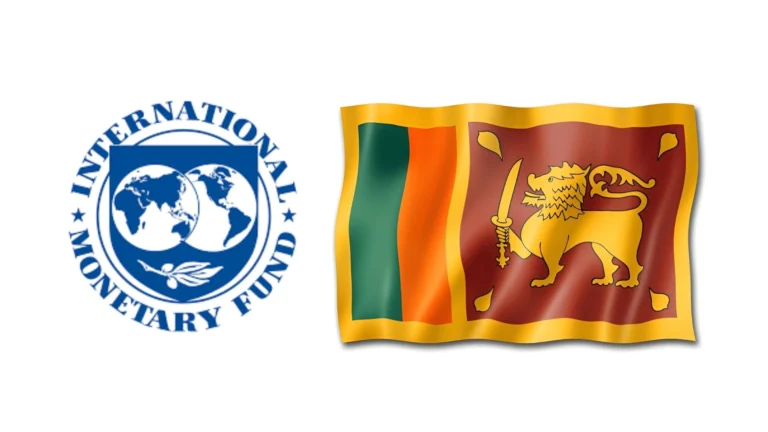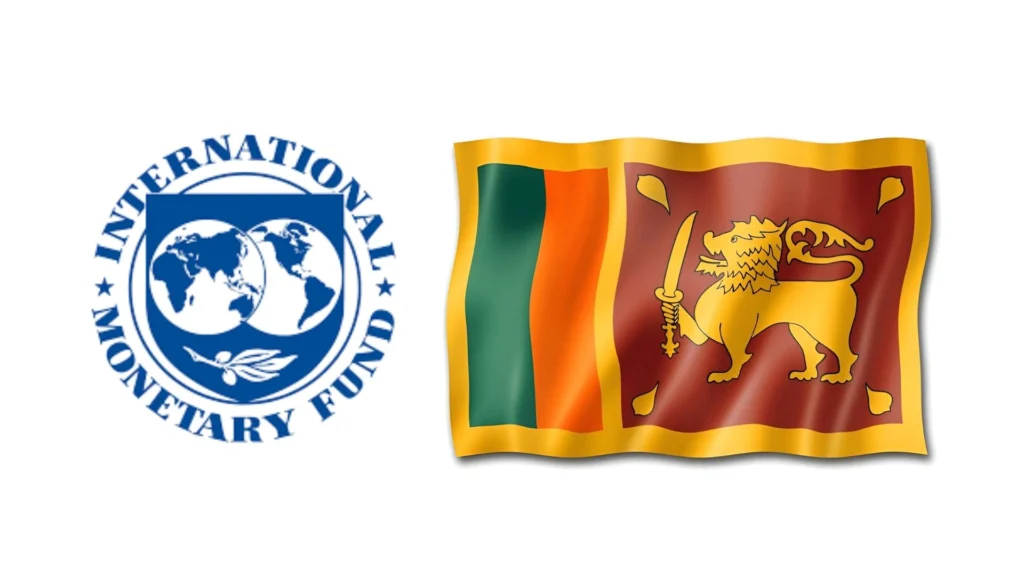Sri Lanka has embarked on a significant reform journey to restructure the Ceylon Electricity Board (CEB). The intention is clear: to transform electricity generation, transmission, and distribution into a system that is efficient, financially sustainable, and capable of supporting the country’s renewable energy ambitions.
What is Being Proposed
Unbundling of functions
The CEB will be divided into separate entities for generation, transmission, distribution, and system operations. Some generating assets, like hydropower, will remain under state ownership, while others—such as thermal, wind, and solar—will be gradually opened to private sector participation.
Regulatory changes
The Public Utilities Commission of Sri Lanka (PUCSL) is expected to play a stronger role, ensuring transparency in tariff setting, licensing, and monitoring. Automatic electricity price adjustment mechanisms are also being introduced to enable cost recovery and reduce the burden of subsidies.
Private sector participation
With the establishment of state-owned holding companies, certain areas of generation and distribution will eventually be opened up to private and foreign investment, encouraging innovation and access to capital.
Legal framework
The Sri Lanka Electricity Act, passed in 2024, provides the legislative foundation for unbundling and introduces market competition to a sector long dominated by a state monopoly.
Why It Matters
- Cost reduction: Inefficiencies, operational losses, and subsidies have kept electricity prices high for both households and industries. Restructuring aims to tackle these inefficiencies directly.
- Investment attraction: Modernizing infrastructure and scaling renewable energy require large amounts of capital, which private sector participation can bring.
- Energy transition: A transparent, competitive system creates the right environment for expanding solar, wind, and other renewables.
- Financial sustainability: By reducing CEB’s losses and enabling automatic tariff adjustments, the reforms seek to remove the fiscal strain the sector has placed on the government.
Risks and Concerns
- Balancing state and private roles: While private participation is encouraged, there are concerns about how quickly and fully it will be implemented. Resistance could stall progress.
- Political interference: Tariff decisions and regulatory independence may still face political influence, weakening reform outcomes.
- Labour resistance: CEB’s strong trade unions are wary of unbundling, fearing job losses and privatization. Their opposition could delay implementation.
- Implementation complexity: Establishing new companies, renegotiating power purchase agreements, and ensuring continuity of service will be a major challenge.
- Impact on consumers: Cost-reflective tariffs could lead to higher bills, sparking public and political backlash if not cushioned with subsidies for low-income households.
What Success Would Look Lik
- A clear, enforceable legal and regulatory framework.
- Transparent tariff systems balancing affordability with cost recovery.
- Increased private sector and foreign investment in the power sector.
- Reliable, uninterrupted electricity supply with fewer outages.
- A growing share of renewable energy in the overall energy mix.
- Reduced fiscal burden on the government from energy subsidies.
Conclusion
Restructuring the CEB is not just a technical reform—it is a national priority for economic growth, energy security, and climate sustainability. Done right, it could attract investment, stabilize the grid, and accelerate the renewable energy transition. Done poorly, it risks being another half-hearted reform weighed down by politics, resistance, and inefficiency.
The next few years will determine whether Sri Lanka’s power sector becomes a driver of progress or a continuing drag on the economy.
Read More – ceylonpublicaffairs.com















